Microsoft Majorana 1 Chip: The World's First Topological QPU
2025.02.21 · Blog
A major announcement has sent ripples through the quantum computing world: Microsoft has unveiled the Majorana 1 chip, the world's first quantum processor powered by topological qubits. This marks a new era in the effort to build fault-tolerant, scalable quantum computers.
So, what exactly is the Majorana 1 chip? Why does it hold such significance for the future of quantum computing? What are topological qubits, and how do they work? How does the Majorana 1 chip potentially revolutionize quantum computing?
Let's dive into this groundbreaking technology and explore why it could be the key to the next era of quantum computing.
What is the Majorana 1 Chip?
Developed by Microsoft, the Majorana 1 chip is the world's first quantum processor powered by topological qubits. Built on a revolutionary Topological Core architecture, it is designed to scale up to one million qubits on a single chip, setting a new benchmark in quantum computing.
The Majorana 1 chip combines both qubits and surrounding control electronics. It is designed for seamless integration into a quantum computer that can be easily deployed in Azure data centers.
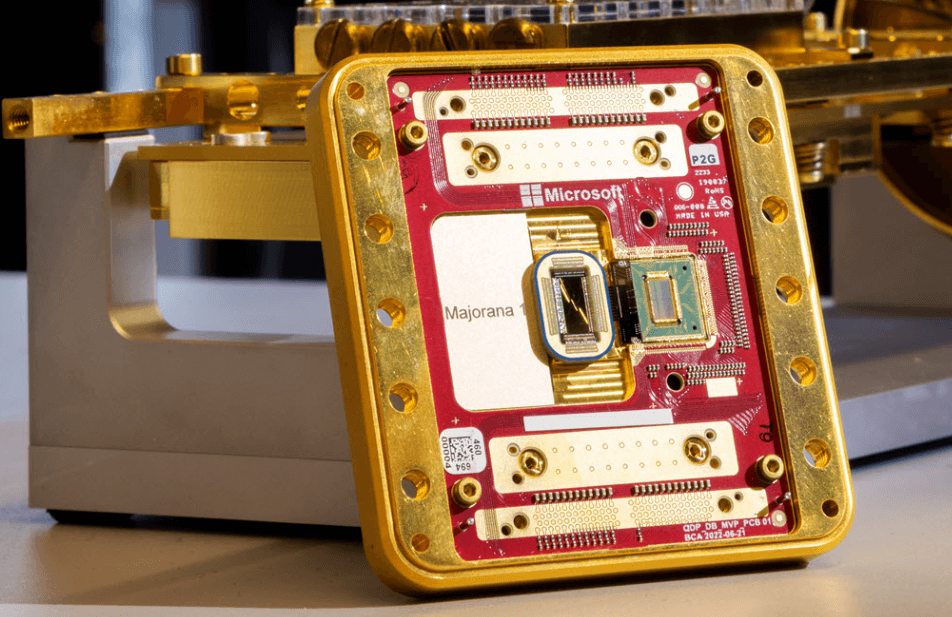
Majorana 1 Chip: Key Breakthroughs in Quantum Computing
1. Hardware-protected Topological Qubits: A Path to Scalable Quantum Systems
Majorana 1 is designed to scale to one million qubits on a single chip, leveraging the unique properties of topological qubits. These qubits utilize topological states, which are expected to provide greater stability and error resilience than conventional qubit technologies.
Based on research published by Microsoft in Nature and insights shared at the Station Q meeting, the company has successfully created an innovative material and developed a completely new kind of qubit that is more compact, quicker, and can be controlled digitally.
This breakthrough makes it possible to build larger, more reliable quantum systems capable of solving real-world, complex industrial-scale problems in fields such as pharmaceuticals, finance, and materials science.

2. The Breakthrough Role of Topoconductors in the Majorana 1 Chip
The Majorana 1 chip utilizes the world's first topoconductor, an innovative material capable of observing and controlling Majorana particles. This breakthrough enables the creation of more reliable and scalable qubits, the fundamental components essential for building advanced quantum computers.
Microsoft has announced a significant breakthrough, unveiling the world's first topoconductor, a groundbreaking class of materials that facilitates the creation of topological superconductivity—a state of matter that was previously only theorized.
This achievement is a result of Microsoft's innovations in designing and fabricating gate-defined devices that integrate indium arsenide, a semiconductor, with aluminum, a superconductor.
When cooled to temperatures near absolute zero and manipulated with magnetic fields, they form topological superconducting nanowires, with Majorana Zero Modes (MZMs) emerging at the ends of the wires.
Microsoft states that topoconductors and the innovative chip design they enable provide a clear pathway to developing quantum systems capable of scaling to a million qubits. These advancements will empower quantum computers to tackle some of the most complex challenges facing industries and society.
Microsoft anticipates that these systems will deliver practical, industrial-scale solutions in just a few years, rather than decades. The Majorana 1 chip marks a major leap toward fully scalable and practical quantum computing applications.
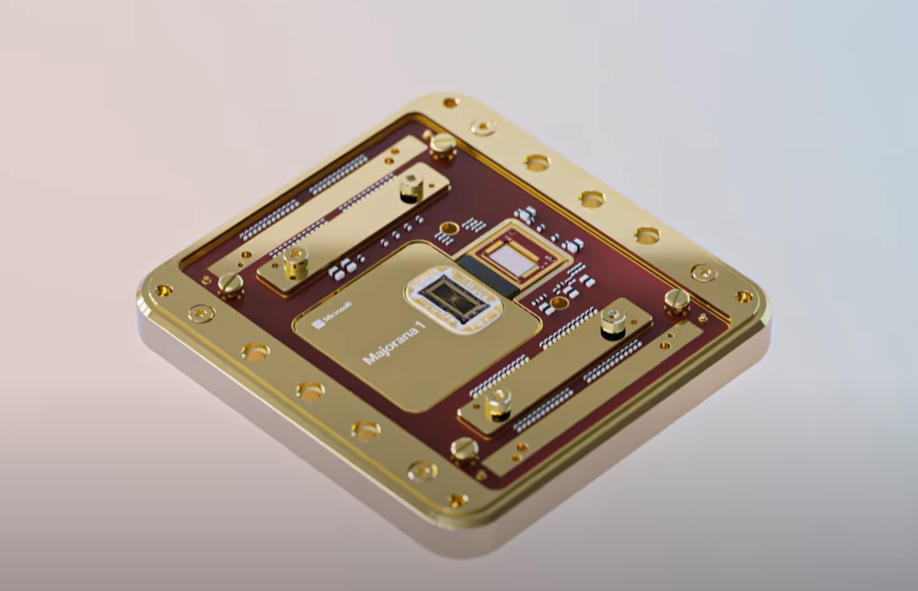
3. Achieving Fault-Tolerant Quantum Computing
Microsoft's efforts with the Majorana 1 chip are part of its broader plan to develop the world's first fault-tolerant prototype (FTP) based on topological qubits.
This is a key step toward scalable quantum computing, and Microsoft is on track to achieve this milestone within a few years, not decades. The fault-tolerant prototype is expected to play an important role in the final phase of the DARPA Underexplored Systems for Utility-Scale Quantum Computing (US2QC) program.
Furthermore, Microsoft's device roadmap outlines the transition from single-qubit devices to arrays that enable quantum error correction, paving the way for reliable quantum computation.
4. Transforming Quantum Control with Digital Precision
Microsoft's readout technique changes quantum computing by using measurements for calculations instead of complex analog signals.
In traditional quantum computing, precise rotations of quantum states are needed for each qubit, making error correction (QEC) more complex.
Microsoft measurement-based approach simplifies QEC by using digital pulses to activate error correction through simple measurements. This makes managing large numbers of qubits more practical.
What Are Topological Qubits?
Topological qubits are built on the principles of topology, a branch of mathematics that studies shapes and spaces. Instead of relying on the delicate state of individual particles (as in traditional qubits), topological qubits harness Majorana fermions, which are exotic particles that behave in a unique way.
These particles are theorized to be their own antiparticles, and their interactions are less susceptible to the kinds of errors that plague traditional qubits.
What Are Topoconductors?
Topoconductors are a class of materials designed to support the creation and control of Majorana fermions, which are essential for topological qubits.
These materials are engineered to allow for the precise manipulation of quantum states, crucial for the development of fault-tolerant quantum computers. Topoconductors are a breakthrough in quantum computing because they enable the reliable observation and control of topological qubits, paving the way for quantum systems that are more stable and scalable.
Topological Qubits vs. Superconducting Qubits
Topological qubits and superconducting qubits represent two different approaches to building quantum computers, each with distinct strengths and weaknesses:
Advantages of Topological Qubits
Higher Error Resilience: Topological qubits are inherently more stable because their quantum state is less sensitive to local disturbances and noise. This makes them potentially more fault-tolerant than superconducting qubits.
Scalability: Potential for scaling to large numbers of qubits, which could make them ideal for building more robust quantum systems in the future.
Disadvantages of Topological Qubits
Immature Fabrication Techniques: Current fabrication techniques for topological qubits and topoconductors are not yet as mature as those for superconducting qubits.
Still in the Experimental Stage: Topological qubits are still in the research phase and have not yet been fully realized in a practical, scalable quantum computer.
Complex Manufacturing: Creating and controlling topological qubits requires advanced materials, like topoconductors, and the ability to manipulate Majorana fermions, which remains a significant technical challenge.
Advantages of Superconducting Qubits:
Mature Technology: Superconducting qubits are currently the most widely used type in quantum computing, with top quantum computing companies like IBM, Google, and SpinQ leading in their development.
Established Fabrication Methods: They can be manufactured using standard semiconductor techniques, which makes scaling easier.
Relatively Fast: Superconducting qubits are relatively fast, with gate times on the order of nanoseconds.
SpinQ's superconducting quantum computers and superconducting quantum chips have already been successfully deployed in real-world applications. These systems have demonstrated their ability to solve complex problems across various industries, showcasing the true potential of superconducting qubits for industry-grade, practical quantum computing. For more details, explore SpinQ's quantum computing solutions for finance and biomedicine applications.
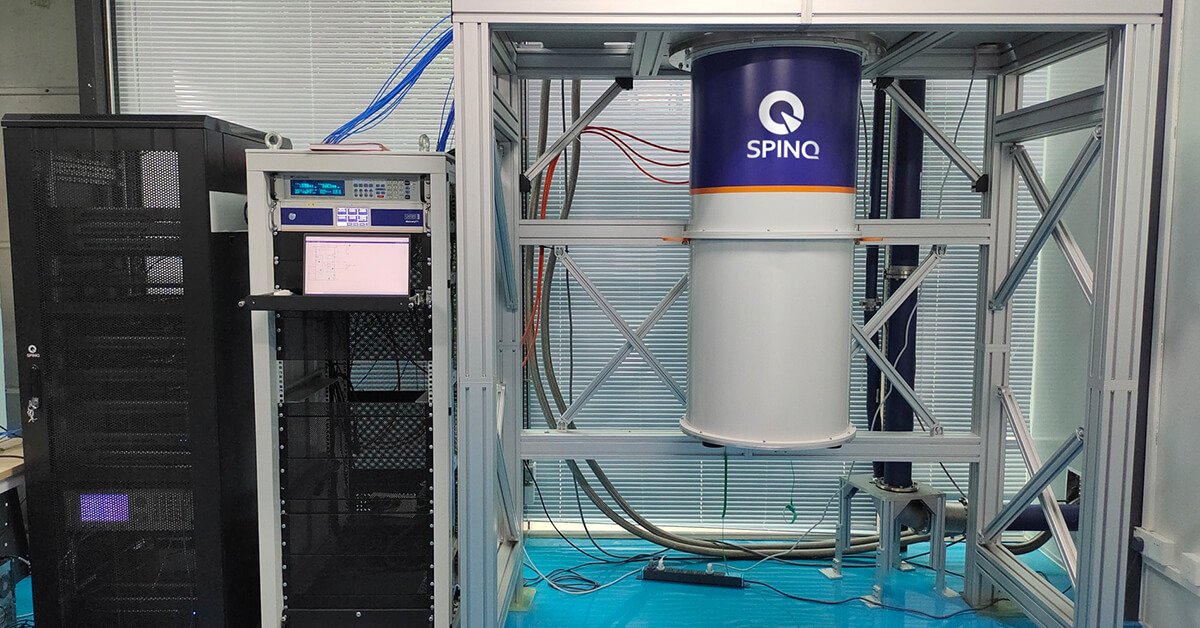
Disadvantages of Superconducting Qubits:
Error-Prone: These qubits are highly susceptible to errors from noise and environmental interference, requiring complex error correction schemes.
Temperature Sensitivity: Superconducting qubits need to be kept at extremely low temperatures (near absolute zero) to function, which makes their setup complex and costly.
Despite these challenges, Google's Willow chip, which is based on superconducting qubits, has made major advancements in quantum error correction. This breakthrough represents a significant step toward improving the reliability of superconducting qubits and brings us closer to scalable, fault-tolerant quantum computers.
.png)
In conclusion, superconducting qubits are the most widely deployed today and are already used in practical quantum computing tasks but face challenges with error correction and scalability.
Topological qubits, though still experimental, offer the promise of greater stability and scalability, potentially solving some of the limitations of superconducting qubits in the future.
Featured Content


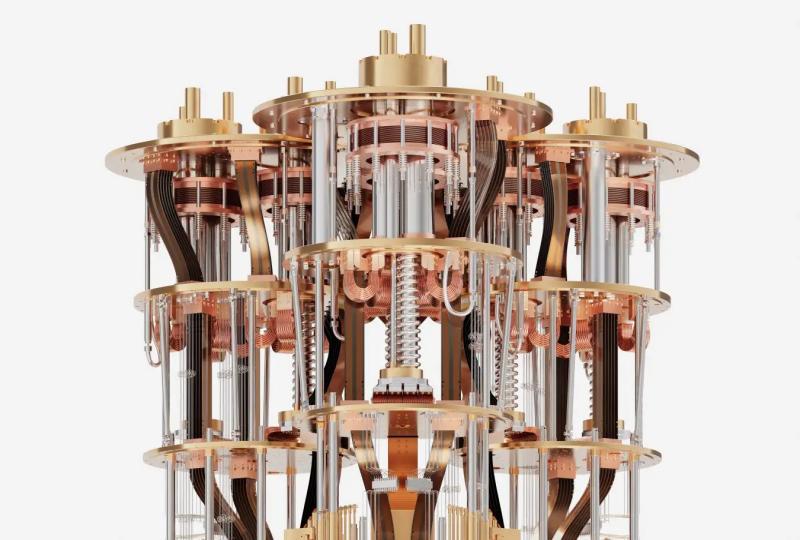
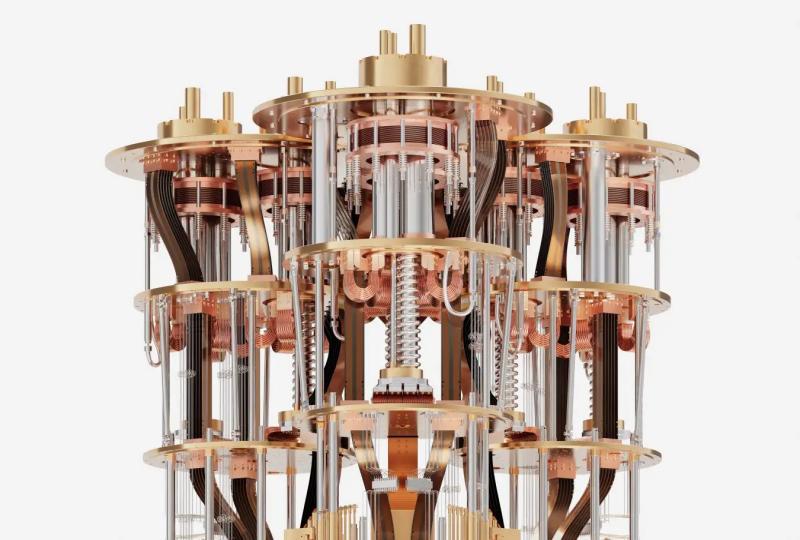

.png)
